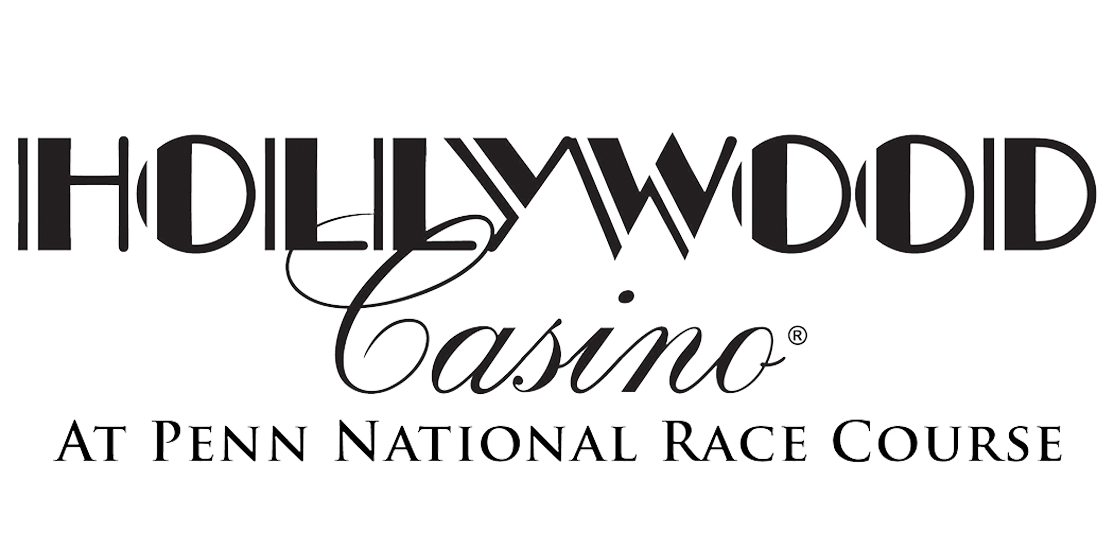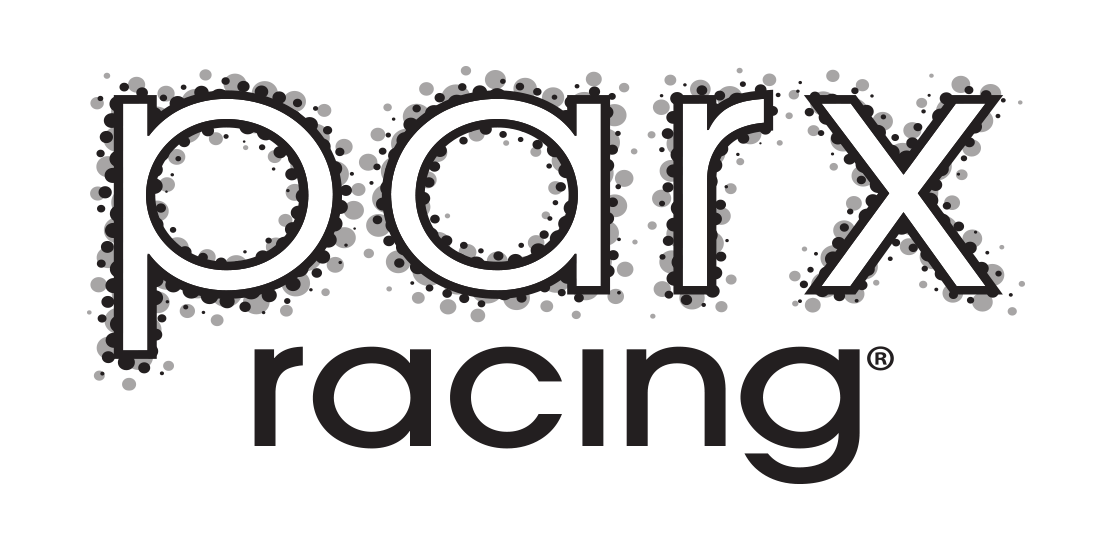 We’re all familiar with the ancient proverb, “It takes a village to raise a child.” Well, the same can be said about a race horse. The owner, trainer, jockey, driver, veterinarian, farrier, groom, and others play an important role in training a race horse, and a farrier is paramount to the team. Imagine any athlete trying to exercise, run, or perform in tight shoes or with a bruised foot or a corn. Horses are prone to numerous foot problems, and horse shoes protect the hoof and help prevent the horse from concussion, lameness, and injury.
We’re all familiar with the ancient proverb, “It takes a village to raise a child.” Well, the same can be said about a race horse. The owner, trainer, jockey, driver, veterinarian, farrier, groom, and others play an important role in training a race horse, and a farrier is paramount to the team. Imagine any athlete trying to exercise, run, or perform in tight shoes or with a bruised foot or a corn. Horses are prone to numerous foot problems, and horse shoes protect the hoof and help prevent the horse from concussion, lameness, and injury.
The terms farrier and blacksmith are often used interchangeably, but they are different occupations. The blacksmith is a person who works with metals and forges and shapes shoes, and the farrier is the person who applies shoes and trims and cares for the horse’s foot. A centuries old occupation, the farrier originally shod work horses, carriage horses, and riding horses, but today’s farrier shoes mainly performance and race horses.
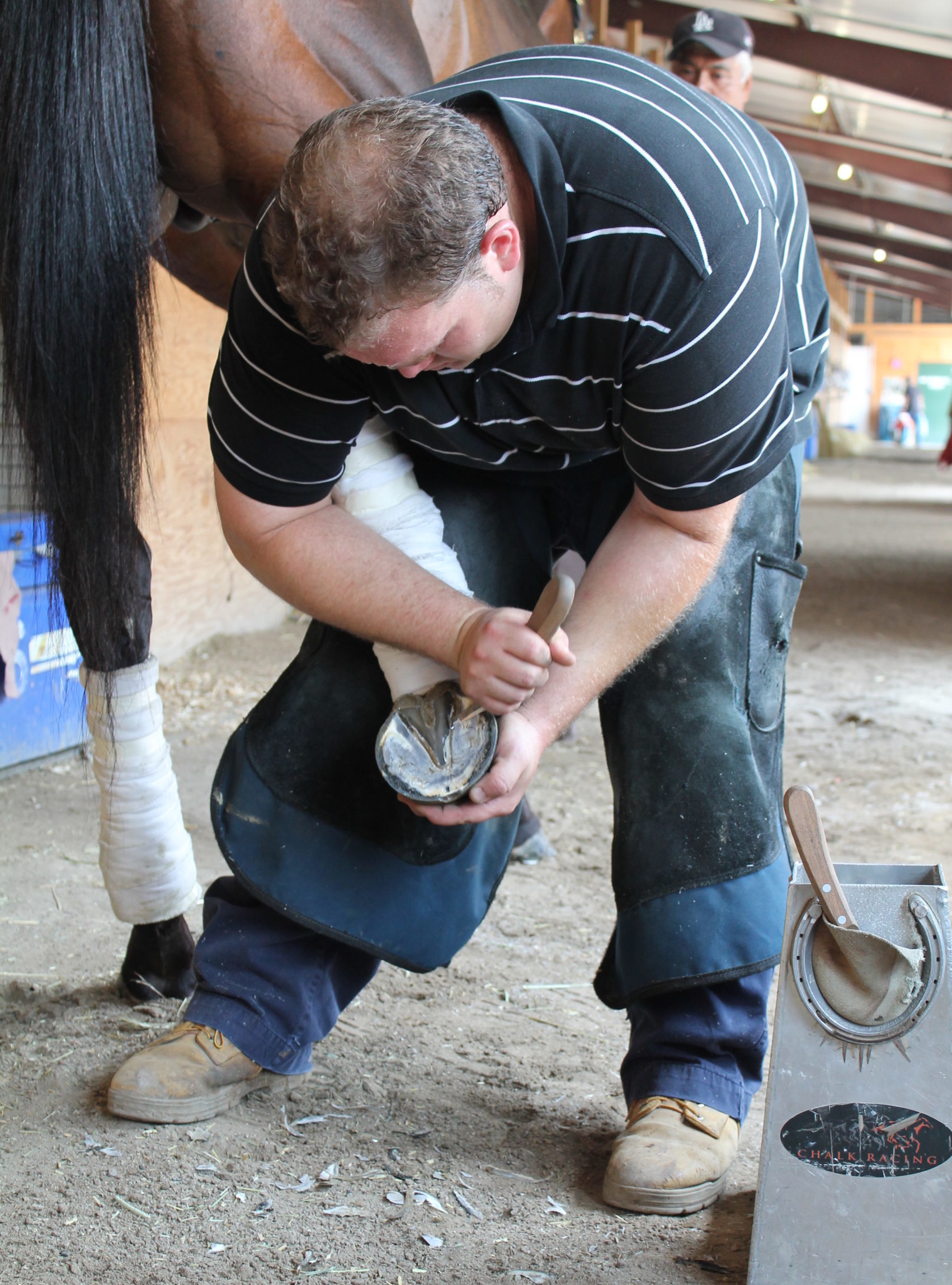 Thoroughbred race horses tend to have thin hoof walls and soles, and according to equine veterinarian Dr. Michael Chovanes, “racehorses are very susceptible to foot problems. The old adage, ‘no foot…no horse’ holds true.” Horses’ hooves, made from a tough, hard material called keratin, grow continuously, similar to a person’s fingernails, and need trimming and shoeing approximately every thirty days. To ensure a healthy foot, the lifelong horse and farrier relationship begins at several weeks of age when a foal’s tiny hoof is first shaped and filed. When a horse begins training or is headed to a horse sale, shoes are applied as needed. First, the hoof is trimmed with nippers. The sole and frog are cleaned out with a hoof knife, the hoof rasped with a file, and finally the shoes are nailed on through the hoof wall. Farriers can modify the shoes for changing surfaces and track conditions and customize them to help correct physical problems. Horse shoeing is a science, and the main goal is to protect and balance the foot and fit the shoe properly to maintain soundness for optimal performance. In order to enhance speed, thoroughbred race horses typically wear aluminum shoes which are lighter than traditional steel shoes, and glue on shoes are an option for horses with weak hoof walls that are chipped or thin and won’t support nails. Dr. Chovanes commented, “horseshoes are a necessary evil on most of our race tracks, but it is interesting to note that horses perform well on some synthetic tracks without shoes and wear their feet more naturally.”
Thoroughbred race horses tend to have thin hoof walls and soles, and according to equine veterinarian Dr. Michael Chovanes, “racehorses are very susceptible to foot problems. The old adage, ‘no foot…no horse’ holds true.” Horses’ hooves, made from a tough, hard material called keratin, grow continuously, similar to a person’s fingernails, and need trimming and shoeing approximately every thirty days. To ensure a healthy foot, the lifelong horse and farrier relationship begins at several weeks of age when a foal’s tiny hoof is first shaped and filed. When a horse begins training or is headed to a horse sale, shoes are applied as needed. First, the hoof is trimmed with nippers. The sole and frog are cleaned out with a hoof knife, the hoof rasped with a file, and finally the shoes are nailed on through the hoof wall. Farriers can modify the shoes for changing surfaces and track conditions and customize them to help correct physical problems. Horse shoeing is a science, and the main goal is to protect and balance the foot and fit the shoe properly to maintain soundness for optimal performance. In order to enhance speed, thoroughbred race horses typically wear aluminum shoes which are lighter than traditional steel shoes, and glue on shoes are an option for horses with weak hoof walls that are chipped or thin and won’t support nails. Dr. Chovanes commented, “horseshoes are a necessary evil on most of our race tracks, but it is interesting to note that horses perform well on some synthetic tracks without shoes and wear their feet more naturally.”
He went on to explain, “Standardbred farriers have to know more about corrective shoeing than Thoroughbred farriers. There is a big difference between shoeing a Thoroughbred race horse and a harness horse.” Thoroughbreds either race on grass, synthetic surfaces, or on dirt, whereas harness horses race on very firm, usually limestone and clay surfaces that require precision shoeing to maintain soundness and help horses race at their maximum speed. Trotters are shod differently from pacers, and small changes make a huge difference. Trotters tend to experience problems interfering while pacers tend to strike their knees while in motion, so farriers correct these problems before customizing their shoes. Each foot is measured and may be shod differently by changing angles, using pads, or adding toe clips. Shoeing the harness horse requires skill, patience, and finesse.
Farriers devote long hours of labor intensive, back breaking, and sometime dangerous work to their job, and their skill is crucial to the performance of a race horse. Often underestimated, shoeing can win or lose a race.



